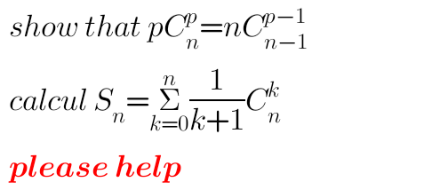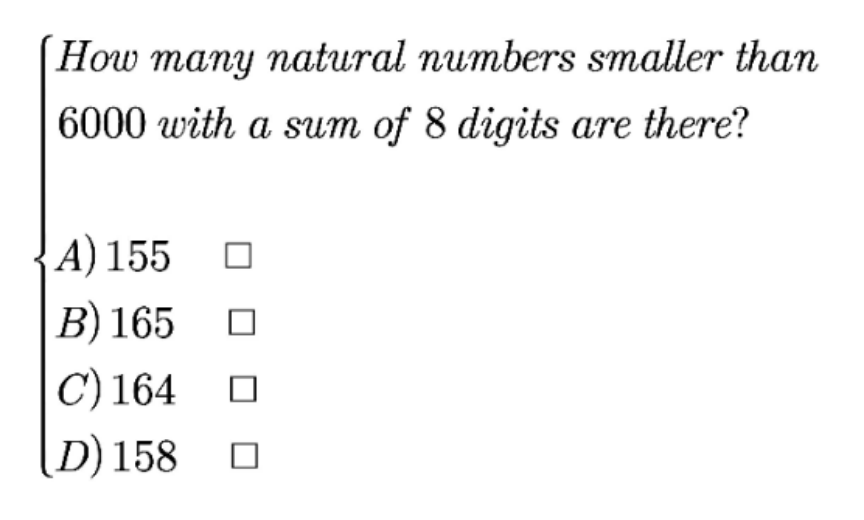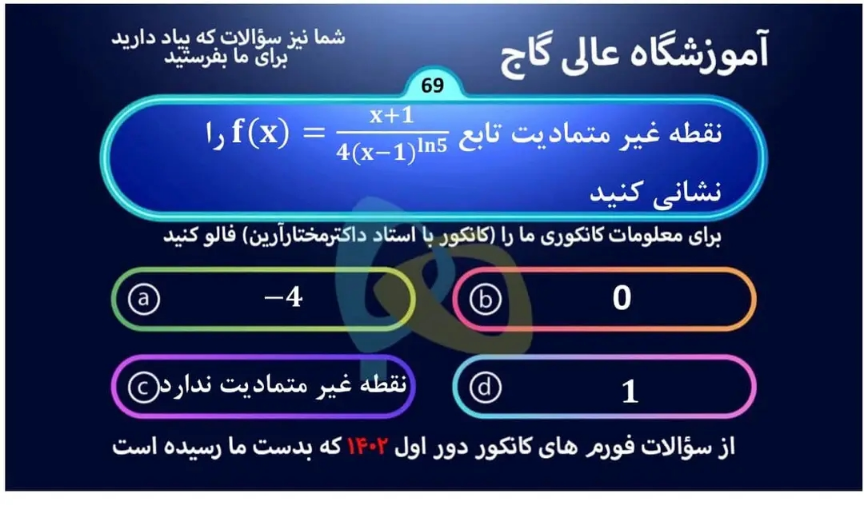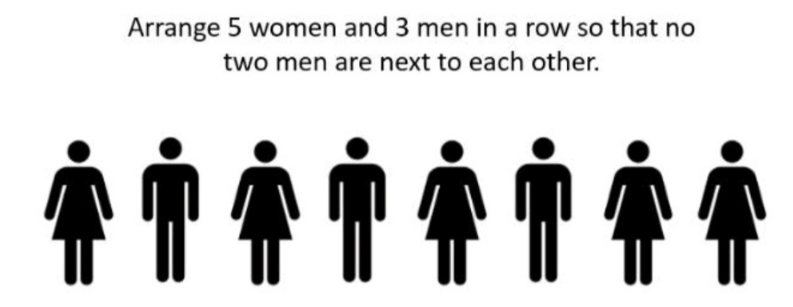
Permutation and CombinationQuestion and Answers: Page 2
Question Number 198242 Answers: 1 Comments: 3
Question Number 198231 Answers: 1 Comments: 0

Question Number 198022 Answers: 1 Comments: 0
$$\:\:\mathrm{Five}\:\mathrm{letters}\:\mathrm{are}\:\mathrm{selected}\:\mathrm{from} \\ $$
Question Number 197564 Answers: 1 Comments: 4
Question Number 197311 Answers: 1 Comments: 0
Question Number 197589 Answers: 1 Comments: 0
Question Number 198283 Answers: 1 Comments: 1
Question Number 196322 Answers: 1 Comments: 0
Question Number 196143 Answers: 2 Comments: 0
Question Number 195964 Answers: 1 Comments: 0
Question Number 195666 Answers: 1 Comments: 2
Question Number 195672 Answers: 2 Comments: 0
Question Number 195538 Answers: 1 Comments: 7
Question Number 197578 Answers: 1 Comments: 1

Question Number 195015 Answers: 1 Comments: 0

Question Number 194960 Answers: 1 Comments: 0
Question Number 194638 Answers: 1 Comments: 1
Question Number 193864 Answers: 1 Comments: 0

Question Number 193368 Answers: 2 Comments: 0
Question Number 192960 Answers: 0 Comments: 0
Question Number 192256 Answers: 0 Comments: 0
Question Number 191934 Answers: 1 Comments: 0

Question Number 191277 Answers: 0 Comments: 0

Question Number 190738 Answers: 0 Comments: 0
Question Number 190602 Answers: 1 Comments: 0
Question Number 190347 Answers: 1 Comments: 0
